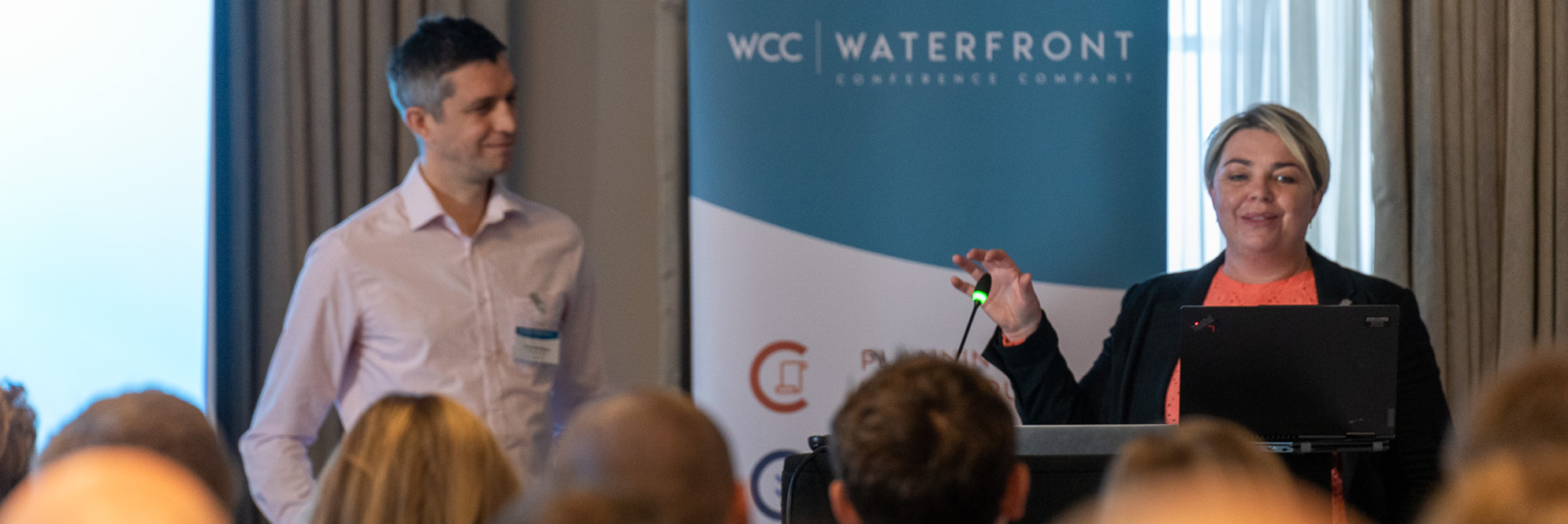
Key takeaways from Planning for Infrastructure in Wales 2024
Our sister company, Waterfront Conference Company, held its annual Planning for Infrastructure in Wales conference in Cardiff on 3 October. Here, Martina Serafini gives an overview of the key points discussed on the day.
Earlier this month, Waterfront Conference Company held its Planning for Infrastructure in Wales conference in Cardiff, attracting over 100 delegates from the energy and planning sectors.
Developers, government officials and key stakeholders shared advice on how to deliver new infrastructure and provided essential guidance on the impact of the new Infrastructure (Wales) Act for future projects.
Welsh Government’s Heledd Cressey and Owen Struthes gave a helpful overview on accelerating renewable energy developments, flagging the launch of the final consultation on the new consenting regime. Anyone wishing to have their say on the proposed changes have until 13 December to submit their response.
As the current planning process is due to be replaced in 2025, it is crucial for developers to understand how they can prepare for the new requirements. Cathryn Tracey, Director at Burges Salmon, explored how developers can effectively navigate this evolving system, with a key focus on transitional provisions for existing projects.
Attendees gained insight into how to progress different types of infrastructure from offshore wind and marine energy to hydrogen projects. Developers, including RWE Renewables, Celtic Sea Power, Associated British Ports and Protium shared practical strategies for delivering schemes and overcoming common challenges, such as supply chain constraints, planning delays and the need for securing increased investment.
The day also highlighted new opportunities for renewable development. An area of considerable interest is for floating offshore wind in the Celtic Sea. Delivering floating offshore wind correctly is critical for achieving the 2030 net zero targets and enabling greater growth in Wales.
To unlock offshore wind development, the Crown Estate is finalising its Offshore Leasing Round 5, which offers a total capacity of up to 4.5GW for leasing. It aims to provide Agreement for Lease to developers by Spring 2025, an initiative expected to generate over £300m of annual economic activity in the UK.
One of the biggest barriers to infrastructure development remains securing a grid connection. Cuan Rowlands, Connections Strategy and Policy Manager at National Grid, explained how you can successfully progress your project with the move to a first ready first connected approach. According to NESO, from Q2 2025, if your planning application is ready to be submitted and you have secured land rights for the project location, your scheme will be prioritised in the connection queue.
Planning for Infrastructure in Wales will return next year to help developers progress their projects, understand the implications of planning reforms and support the acceleration of renewable energy development in Wales. Make sure you secure your place to stay one step ahead on finding out about the latest developments.
Visit the Waterfront website for more information.
